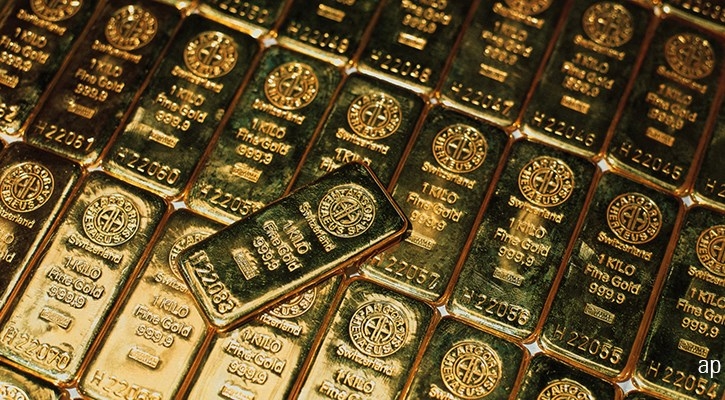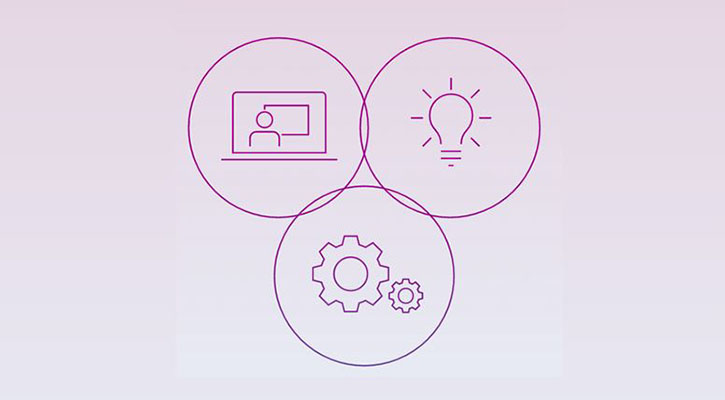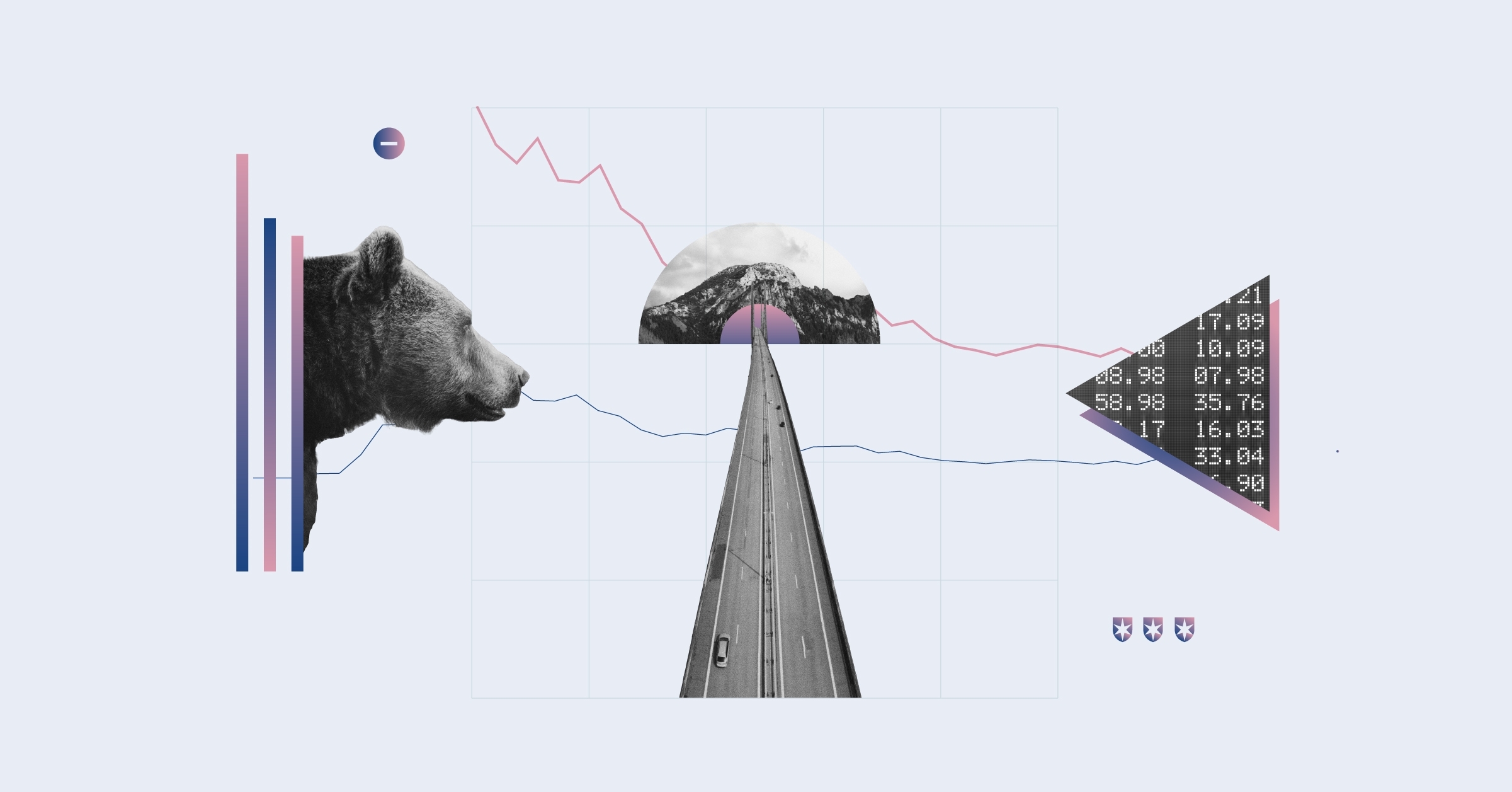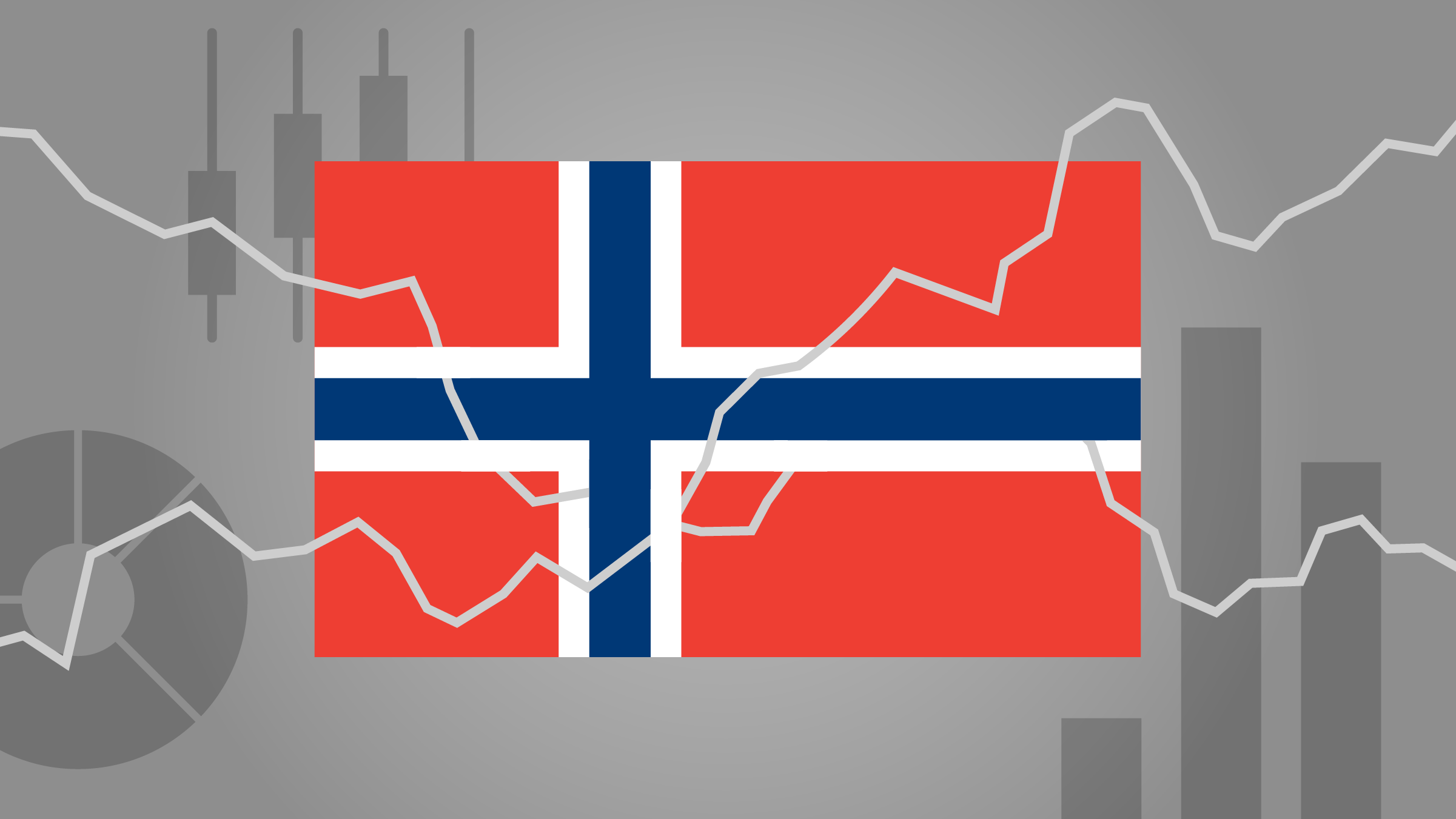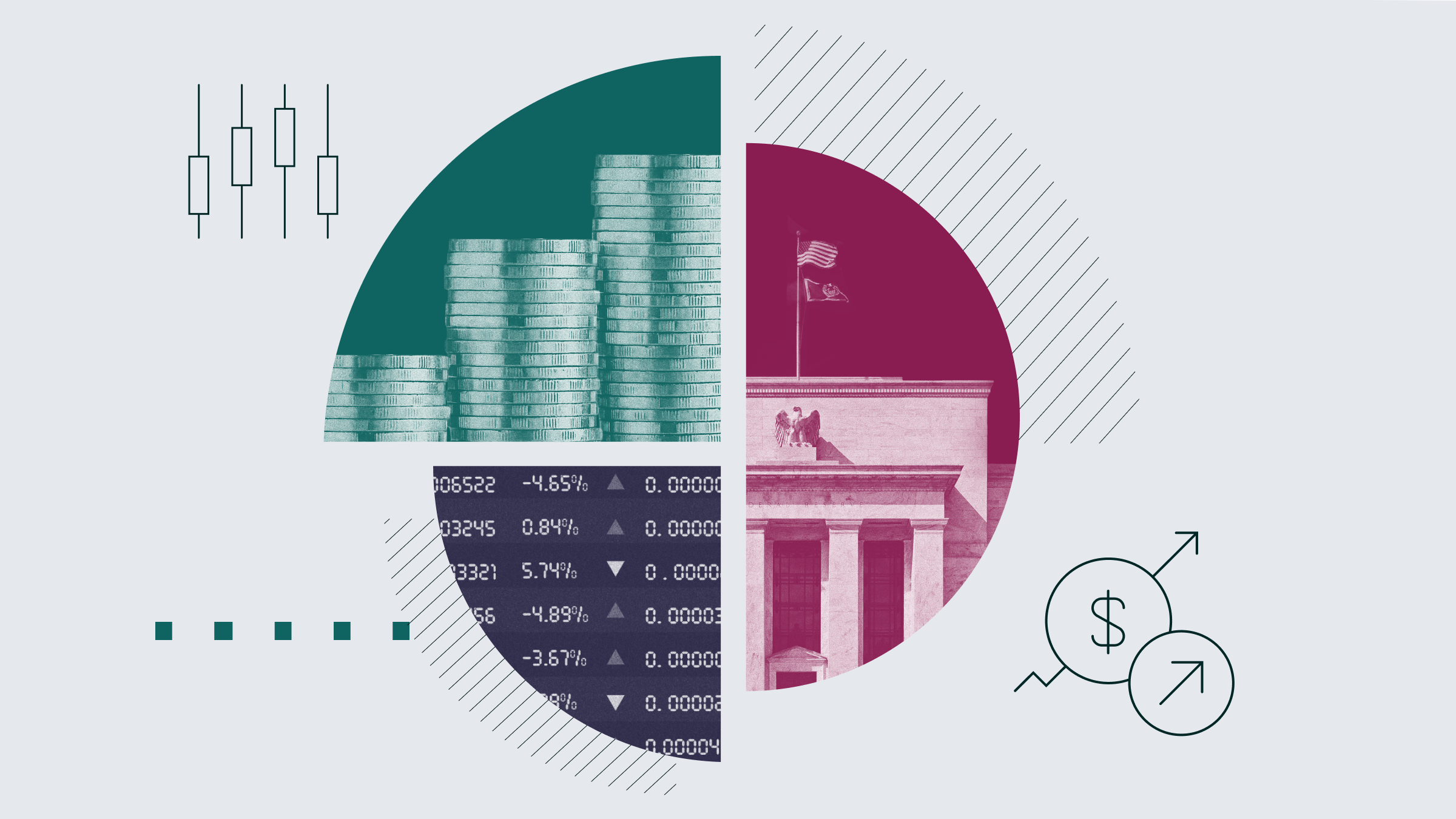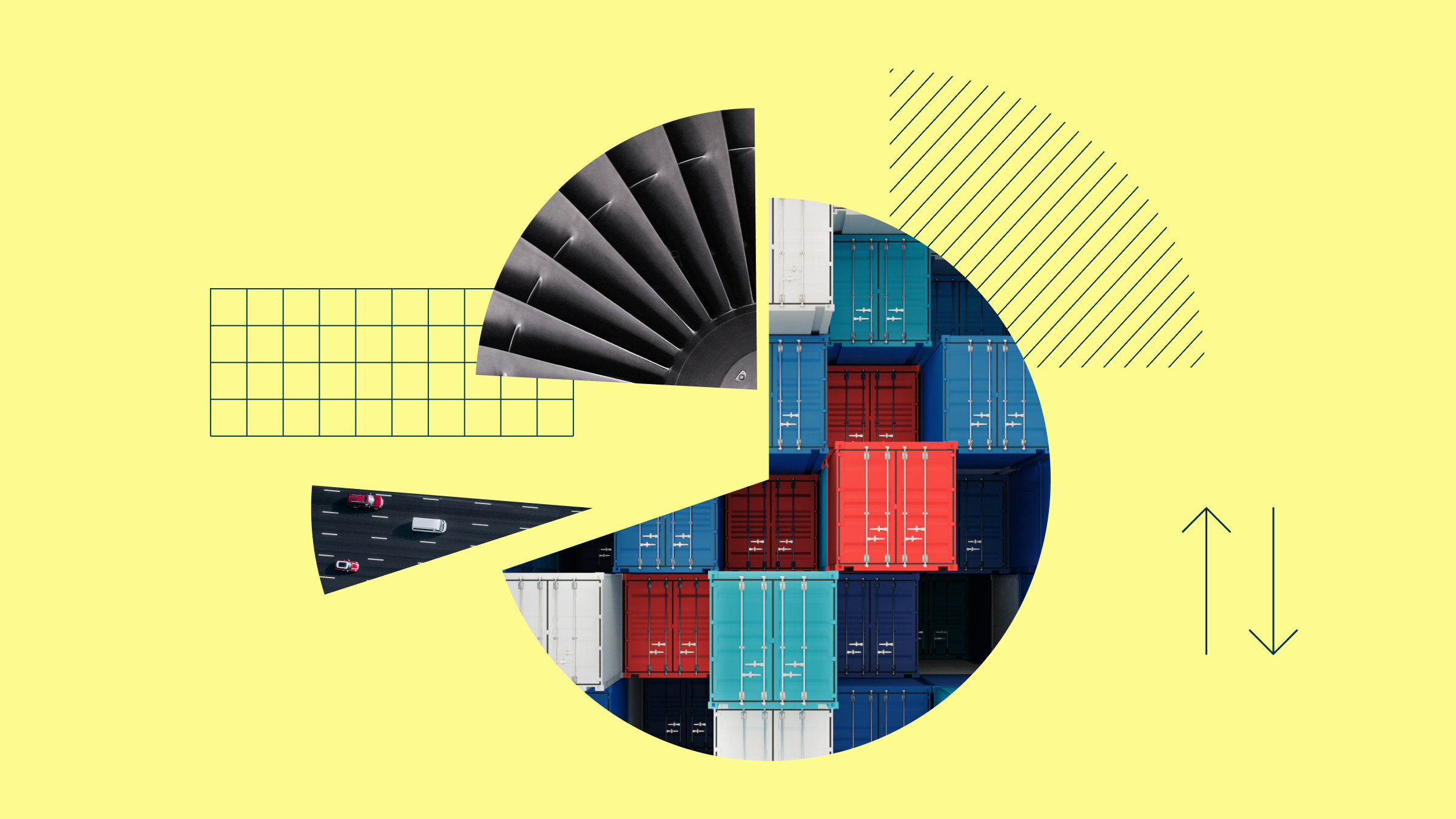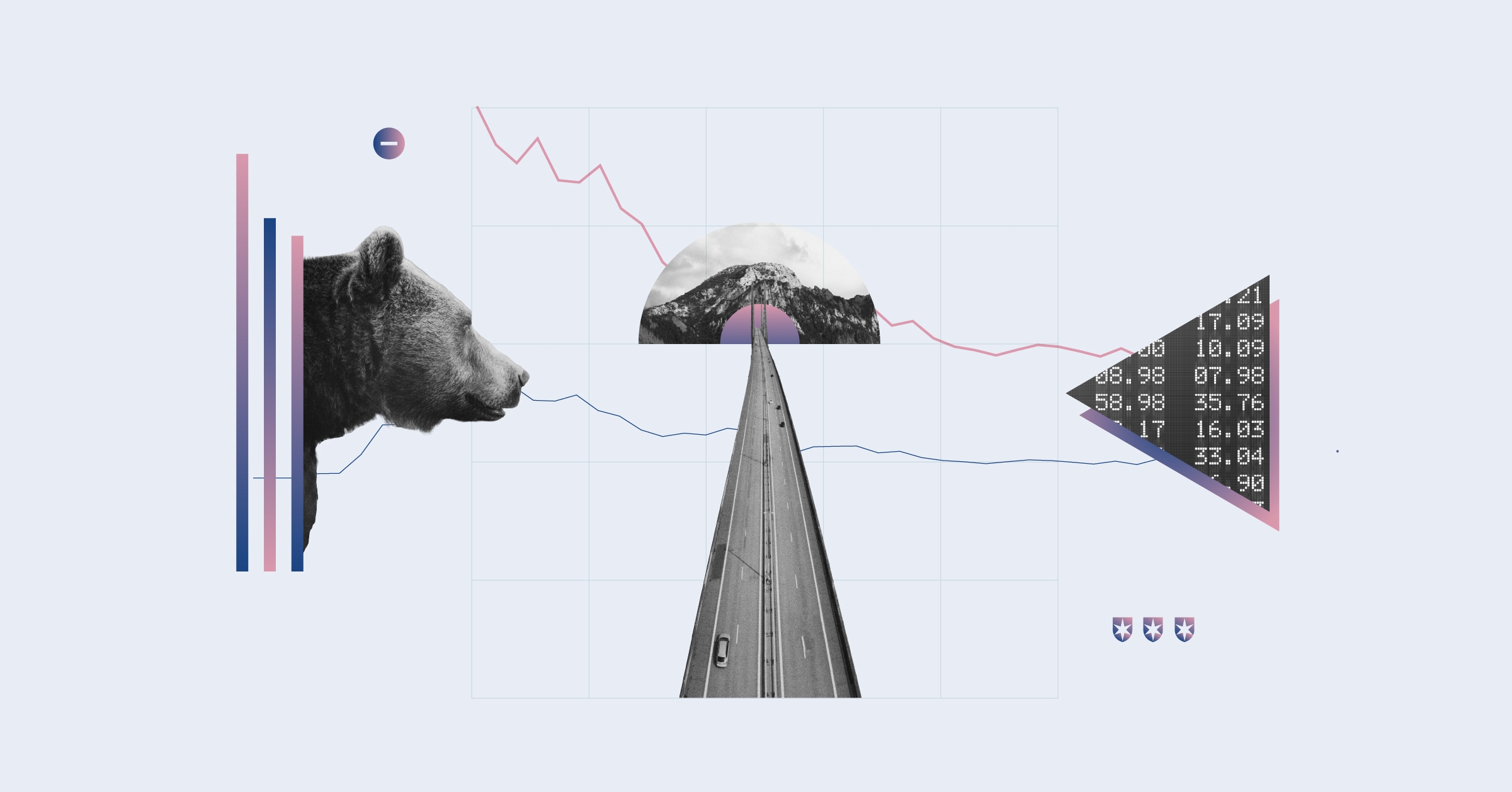| Editor’s note: Read the latest on how the coronavirus is rattling the markets and what investors can do to navigate it. |
Dave Sekera: Good afternoon. This is Dave Sekera, on behalf of Morningstar. With me this afternoon, I have David Meats, director of energy research in Morningstar's equity research group. David, thank you very much for taking the time to speak with us today on the current state of the oil market.
David Meats: Sure. Happy to be here.
Sekera: You know, over the past 30 years, sometimes I think I've seen it all in the finance business, but just most recently we've seen something that's never happened before. We saw oil prices trade at a negative dollar price. Now, oil prices have been under significant pressure for a while now, but to start us off, could you maybe explain to us exactly what is a futures contract, who utilizes futures contracts, and why?
Meats: Yeah, absolutely. So a futures contract is a financial product that requires an investor to take delivery of a commodity for an agreed upon price at an agreed upon time in the future. And it's usually used by companies in the related industry. So for example, an oil producer might want to use these contracts to ensure that it doesn't sell its future production for too little. A refiner might want to use the contracts to ensure that it doesn't pay too much for the crude that it uses as an input in the future. But commodity speculators can also use these contracts to make bets on the direction of movement of crude prices.
Sekera: Can you explain to us, where exactly did the main monthly contract trade to, and why did that occur? Were there certain technical reasons behind that?
Meats: Yesterday, the contract for WTI crude delivery in May dropped from $20 a barrel to negative $38 a barrel. The first time it went negative. That's a decline of 289%. And the reason for that decline is that the contract was expiring today, and investors were getting worried about the potential for crude oil storage at the Cushing hub in Oklahoma, which is where WTI is priced. So, the fear is that if you buy the contract, then you're on the hook to take delivery of that crude oil at some point during the month of May. And if there's no storage available at that time to take the physical delivery, then you have to find some alternative solutions, some alternative storage elsewhere, secure transport for that physical crude. And that can end up costing way more than the negative price of crude yesterday.
So, in effect, investors were willing to say, "Hey, I'll pay you 40 bucks to avoid this risk and to not have to worry about whether I can scramble to find storage." And of course the reason that storage is getting full is that gasoline consumption and therefore crude oil consumption is very low right now due to the social distancing that's widespread as a result of the coronavirus. So it's a short-term thing. That's why the impact was mainly constrained to the contract for the month of May, at least for now. The impact further down the line, further into the future, was a lot less.
Sekera: And now that the May contract is expiring, we're rolling to the June contract, what do you see going on with the June contract, and how far out into the future do futures contracts trade, and in your view, where do you see midcycle oil prices in the future?
Meats: The futures contracts trade out for years until the late 2020s. And the impact on pricing was less yesterday, the further out in time that you go. So the biggest impact was for the May crude contract, which took a hit of negative 289%. The next contract in line, the June contract, which is now the front-month contract after the expiration of the May contract--that front-month contract for June declined only 20% yesterday. So a lot less than the 289%, and by December, the impact was only about 2%. So a big difference the further you move out in time. And what we see now is that the long-term crude prices are still hovering around the $20 a barrel level for WTI. And we don't think that's enough in the long run to incentivize oil producers to keep drilling and to keep increasing production. So if the U.S. shale producers responsible for about 10% of global supply, say, "Hey, these prices are too low. It's not worth us continuing to drill here," then that production will decline really quickly. And what is currently a pretty painful glut will turn into a shortage down the line unless prices recover to that $55 a barrel level to incentivize the shale producers to keep drilling
Sekera: Thinking about the movement and the prices today versus where you think prices should be going over the course of the next few years until we get to more of a midcycle price: How does that impact the valuation of stocks for oil companies that concentrate on exploration and production?
Meats: We think that the midcycle price is about $55 a barrel. That reflects the marginal cost of production for shale producers. And that's kind of the level where the shale industry would--where that business model would be sustainable over an extended period of time. And of course today prices are well below that level. And even the imply prices from the futures market still shows prices well below that $55 a barrel level as you go out several years into the future. And we don't think that's realistic because the shale industry will not go to work under under those conditions. And then you would end up with a shortage instead of a glut. So we think that prices will have to improve, and that's really good for energy companies. We think that energy stocks in general are undervalued. Of course, the caveat is that an energy company, to benefit from an increase in prices two or three years down the road, has to be around in two or three years. And this is of course a very painful downturn. So, we look to prioritize companies that have really strong balance sheets and have the wherewithal to tolerate a period of very difficult crude prices if necessary.
Sekera: And along that note, which companies do you think specifically are best positioned to be able to weather this current downdraft?
Meats: Two examples of E&P companies that have really strong balance sheets and are not at risk in our view in terms of financial health in the next couple of years would be EOG--the ticker is EOG--and Pioneer Natural Resources. The ticker is PXD. Both of those companies, we think are very high-quality companies with above-average margins and profitability in general, and both have very strong leverage ratios as well. Good financial health and very strong balance sheets. So, EOG and Pioneer would be two names to bear in mind.
Sekera: Well, David, thank you very much for sharing your insights and sharing your perspective with us. For more research and insights, please visit Morningstar.com. Thank you.






